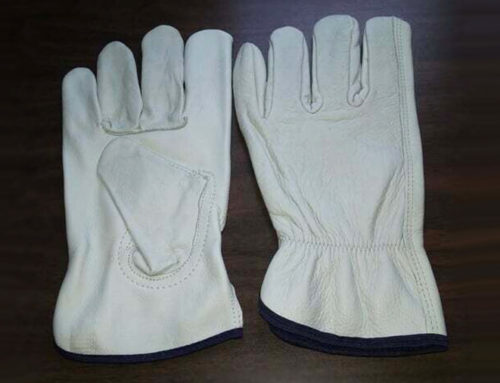Don’t you find yourself saying, “What’s that stupid ole’ cow upto now”, quite often? This means that you should probably read up on some pointers on cattle handling. Cattle, in your farm, aren’t stupid and normally do whatever it is they are ordered to do. They only respond incorrectly when they are managed in the wrong manner.
When you find your cattle responding incorrectly, you shouldn’t rely on stressing handlers and your cattle. This often leads to the cattle becoming more impossible to handle. This is where sound stockmanship comes in, which involves managing your cattle in the right manner and avoiding force and stress.
Sound stockmanship involves teaching animals to tolerate stress and pressure for short periods and work under minimal pressure. In this manner, animals will quickly learn how to tolerate stress and pressure because they will know how to release these forces; by doing what they were intended to do.
In order to achieve such results, you need to follow some basic pointers on cattle handling and behavior. These improve the speed and ease of your job and increase the overall levels of efficiency. These pointers include:
1. The Cattle Wants to See You
An important element for every cattle handler is to understand their vision. Cattle tend to have excellent sets of vision – except the blind spots that are behind them. This is why if you’re working directly behind them, you should learn how to keep moving side to side. By doing so, you will be keeping them from turning.
2. Cattle Going Around You
If you position yourself strategically, you’ll find that the cattle will want to go around you to the intended destination or gate. Your position, therefore, should be such that it points directly at the intended location.
3. Regrouping Cattle
‘Prey’ animals have a natural inclination to form a herd. Stockman should, therefore, take advantage of this instinct while they are working at the front of the cattle. While doing so, they should start working from the front and then slowly move to back. They will notice how the herd will regroup on their own.
4. Cattle Returning to an Intended Location
Another natural instinct of cows is to return to their last known comfortable or safe place. This will again help low stress management handlers to return cattle to their ‘Bud Box’ while they are being moved from a corral to another.
5. They Can Only Process Once Thought at a Time
It is important to know where the cattle’s thoughts are focused. This is so because they can only think about one think at a time. Due to this very reason, the handler needs to gain their attention before applying any pressure on them.
So there you have it folks. In order to learn effective cattle handling you need to develop effective stockmanship skills. If you need any further pointers on cattle handling, we can help you out. Go ahead and visit our website for more about farm management.

